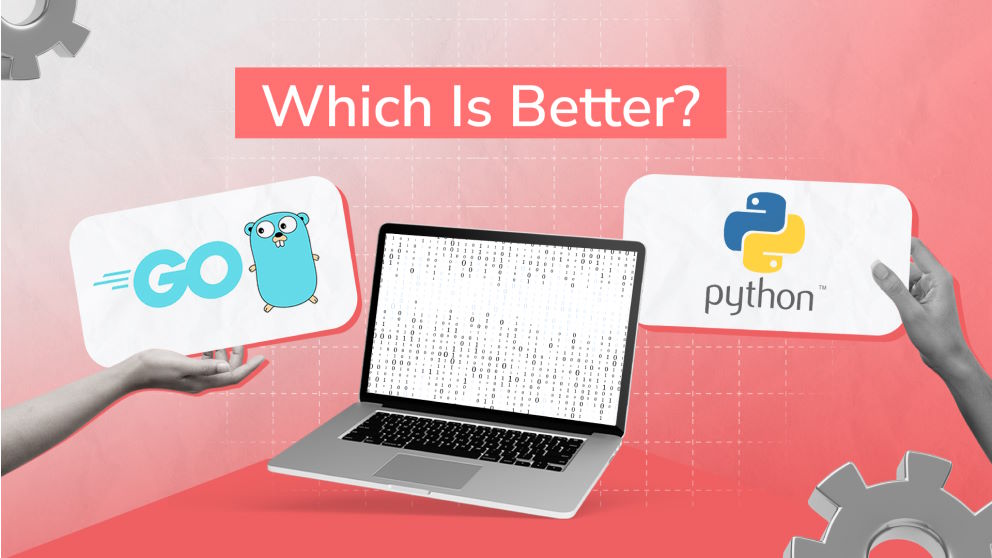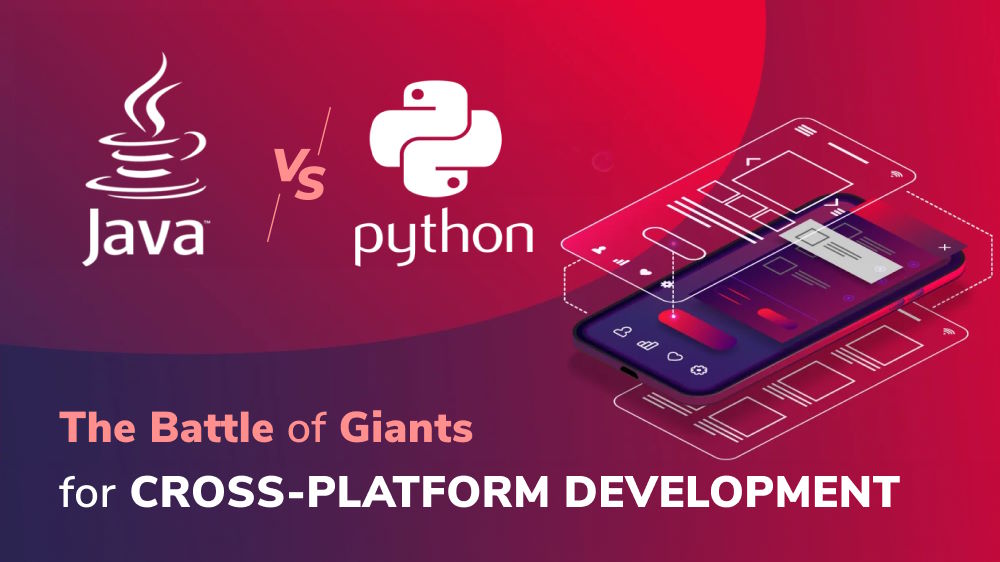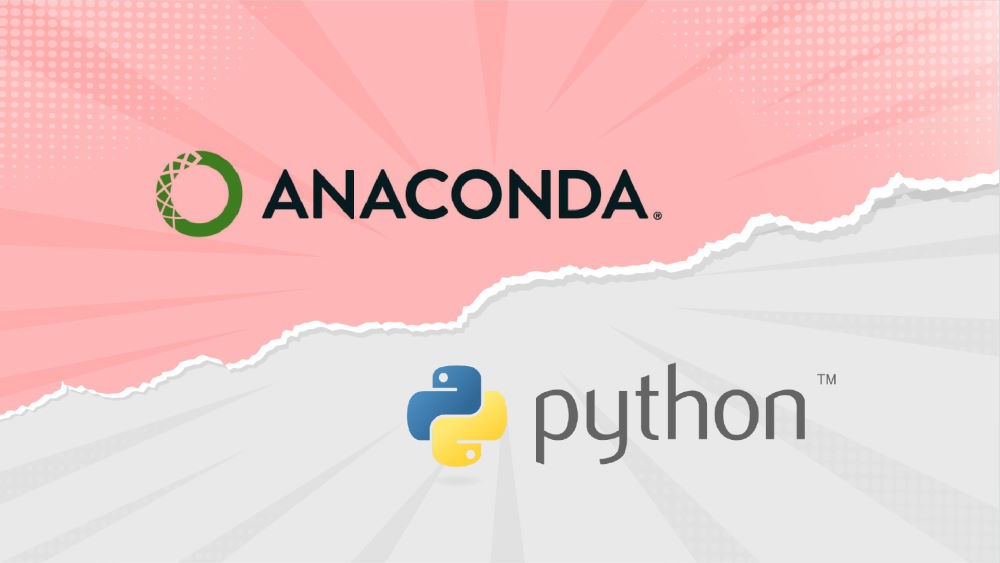Python Vs. PHP: The Good, the Bad, and the Difference

Content Map
More chaptersIn the world of programming languages, both PHP and Python are familiar faces to those who write code. Which one is better? No doubt, there will be no straight answer for that because the choice heavily depends on the context - on its purpose, intended usage, and the project’s specific requirements.
Let’s break these two down with the pros and cons and see how they differ so that you can make a move with a suitable language.
What Is Python Programming Language?
It is a high-level, interpreted language brought to fruition by Guido van Rossum. The first Python version was released in 1991. Throughout its development timeline, Python has long been praised as one of the most popular programming languages and still remains relevant. According to indexes by TIOBE and PYPL, Python is currently the first-place finisher of the lists. Moreover, this object-oriented programming language is preferred in the Vietnamese IT market and leveraged in various domains, such as finance.
With the design philosophy emphasizing code readability and ease of use, Python code is made easy to read and write compared to other scripting languages, such as JavaScript, Ruby, Perl, Bash/Shell, etc.
Key Features of Python
Interpreted Language
Python code is executed line by line at a time (like C, C++, or Java), and it is not required to be compiled. Thus, this makes Python suitable for rapid prototyping, testing, and scripting.
Multiparadigm
Python supports multiple programming paradigms, like procedural, object-oriented, and functional programming. The feature enables developers to write code in a more flexible manner.
Dynamic Typing
When programming in Python, the type of variables is determined at runtime. That said, variables can hold different types of values without explicitly specifying their data type. For this, Python allows for a faster development process and easier maintenance of code.
PDB
Python Debugger - this is a built-in tool to assist developers in spotting and fixing bugs. It’s a highly useful feature that makes debugging easier than other programming languages.
Vast Library Support
With its extensive standard library, Python is backed with an abundance of built-in modules, functions, and web frameworks (E.g., Django, Flask, NumPy, Pandas, TensorFlow, and many more.) that perform various tasks, like web development, data science, machine learning, etc.
Supports Automatic Garbage Collection
Python’s memory management handles allocation and deallocation automatically, so it frees programmers from having to manually manage memory in their code.
Cross-platform Compatibility
Python is a cross-platform language and can run on different operating systems (Windows, macOS, Linux, etc.) This makes it a flexible choice for developing apps deployed on multiple platforms.
Robust Community Support
With a strong and active community of Python developers contributing to the growth of this programming language, constant updates, bug fixes, and new features are added often. Users have no problem finding answers to their questions or seeking support from fellow developers.
What Is PHP Scripting Language?

Hypertext Preprocessor, or, shortly, PHP, is an open-source server-side scripting language built by Rasmus Lerdorf in 1995, ideally for web application development. Many high-traffic websites today, like Facebook, Wikipedia, and WordPress, are written in PHP.
PHP is especially suited to developing web applications (E.g., web content management systems); still, it is a general-purpose programming language utilized for creating desktop applications, command-line utilities, and even system scripts.
Key Features of PHP
Server-side Scripting
PHP is primarily designed to execute data on the web server before it’s sent to the client’s browser. This unique characteristic allows PHP to generate dynamic content on web pages – information that changes based on various factors like user input or time of day.
Moreover, PHP provides robust database interfaces, enabling developers to interact seamlessly with various databases to create rich, data-driven applications.
HTML Embedded
PHP code can be embedded straightforwardly in HTML. In other words, developers can mix PHP code with standard HTML tags. The feature brings about flexibility to switch between different programming languages when working on web development projects.
Database Interaction
PHP provides extensive support for interacting with databases. It includes built-in modules for working with popular database systems like MySQL, PostgreSQL, SQLite, and others. Thus, PHP development is trusted for developing data-driven applications.
Object-Oriented Programming (OOP) Support
PHP has full support for OOP programming, meaning coders can take advantage of features such as encapsulation, abstraction, inheritance, and polymorphism. With OOP support, PHP allows for the creation of reusable and modular code.
In addition, PHP is versatile in terms of other programming paradigms, namely procedural and functional coding. Unlike other languages, PHP allows the mixing of various paradigms within the same project or even file. So, developers are able to write code in a more flexible way and work with the paradigms that best suit their projects and coding style.
Predefined Error Reporting Constants
PHP provides several predefined error reporting constants that can be used to specify which errors are reported. They are helpful in managing errors during the development phase and debugging applications.
Community Support
Like Python, PHP also has a large, active community of users who contribute to its long-term ongoing development. This is where you can gain access to a vast array of resources, tutorials, and pre-built modules.
PHP Vs. Python: The Differences Between the Two Programming Languages
Python vs. PHP. Both of them are excellent programming languages in their respective domains, yet they are distinguished by certain notable differences. These unique characteristics not only set them apart from each other but also differentiate them from the rest - any other high-level programming language. Get ready for a detailed comparison:
Type of Languages
Python and PHP both belong to the family of general-purpose programming languages - they are versatile and broadly used across a variety of application domains.
However, PHP is more about a web-centric language originally designed for the object-oriented context, especially in modern web development frameworks.
Syntax
For Python, the syntax is intuitive, readable, and almost similar to human language, which is easy to learn and understand, even for beginners. PHP is fundamentally grounded in the C programming language while also incorporating principles derived from Java and Perl. So, PHP’s syntax can be more complicated and challenging for new programmers to grasp.
Learning Curve
Both languages are considered developer-friendly. But if we have to compare them, PHP has a steeper learning curve than Python because it has a bit more complex syntax as well as inconsistent naming conventions.
Speed
In reality, Python is indeed one of the fastest programming languages. Nonetheless, PHP a bit outperforms Python in terms of velocity. The current PHP version is reported to run much faster than its previous versions and Python itself. This is largely due to its powerful Zend Engine 3.0, which enhances its performance.
Framework Options
PHP and Python boast a broad array of frameworks for each. For Python, we have Django and Flask are the most commonly used ones.
On the other hand, PHP provides a more extensive selection of frameworks, including popular web frameworks options like Laravel, Symfony, CodeIgniter, Yii, and Zend Framework 3 - these excel in developing web applications based on the widely employed MVC (Model-View-Control) architecture.
Applications
PHP is the first programming language for web development - both front-end and back-end - while Python is more of a general-purpose language as it is used in a heap more use cases other than primarily web apps.
From data science to artificial intelligence, machine learning, and other automation tasks, Python is an all-rounder that can be used to build practically a lot of things. In contrast, PHP has a more specific use case scenario – mostly for server-side web development.
Maintenance
Python programs are usually seen to be more straightforward to develop and maintain than PHP ones. There is actually more than one reason for that. Python’s syntax is clear and readable, which makes it easier for coders to understand, debug, and maintain the code.
In contrast to PHP’s usage of punctuation marks, Python uses English keywords frequently. This makes Python programs easier to debug and maintain.
Database Connectivity
In this domain, Python offers strong database connectivity options with more than 20 different databases, such as MySQL, PostgreSQL, Oracle, etc. While it might require a bit more setup, Python’s database handling capabilities are no less flexible source than other languages.
On the other hand, PHP also supports a wide range of databases, contrary to the common misconception that it’s limited to MySQL, PostgreSQL, and Oracle only. With PHP Data Objects (PDO) or specific extensions, PHP can connect to numerous types of databases. Therefore, both Python and PHP provide comprehensive support for database connectivity, and the choice between the two would largely rely on the specific requirements of a project.
Scalability
In terms of scalability, both PHP and Python are competent. PHP can run on different operating systems, Windows, macOS, and Linux, and supports several web servers, including Apache HTTP Server, Nginx, Lighttpd, and Microsoft IIS, making it highly adaptable to different server environments.
Similarly, Python can also run on multiple platforms and has robust frameworks like Django and Flask that are not exclusive to Linux-based server environments. They can be used in various other operating systems with the appropriate configurations, supporting server-side scripting. Therefore, both PHP and Python offer substantial scalability, with the choice between them depending largely on project requirements and the technical expertise of the development team.
Interoperability
Both languages can work well with other programming languages. While PHP plays a significant role in server-side web development, it is often combined with JavaScript for client-side scripting. This combination allows developers to create dynamic and interactive web pages through technologies like AJAX.
Python also supports integration with many other languages (such as C, C++, Java, and .NET.) With the help of Python bindings, programmers can easily work with codes written in other languages and combine them into a single project. This flexibility makes both Python and PHP highly interoperable.
Community Support
As aforementioned, PHP and Python are still the relevant programming languages until today. Hence, each indeed promises excellent community support. If a comparison has to be made, Python may stand a bit more extensive than PHP due to their development history. For your information, Python is older than PHP, as the former was rolled out in 1991, while the latter came into existence in 1995.
Having difficulties sourcing and hiring developers who specialize in Python, PHP, or both? Come to Orient Software and get access to our talent pool of high-performing programmers whose expertise spans different programming languages, from not only Python or PHP but also Golang, Kotlin, Java, Ruby, Rust, and heaps more.
In addition to staff augmentation, we also provide various managed services, such as custom software development, software maintenance and support, QA testing, UI/UX design, and DevOps. Tell us your needs, and we will tailor a solution for you. Leave us a message now.







